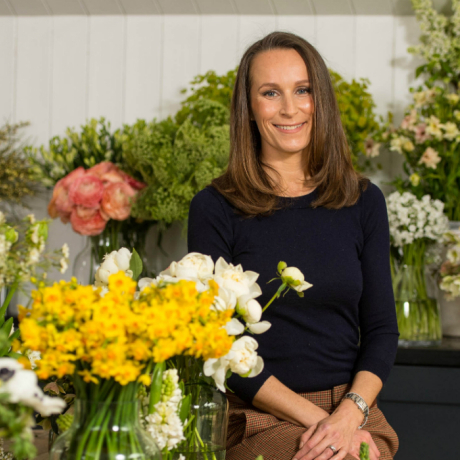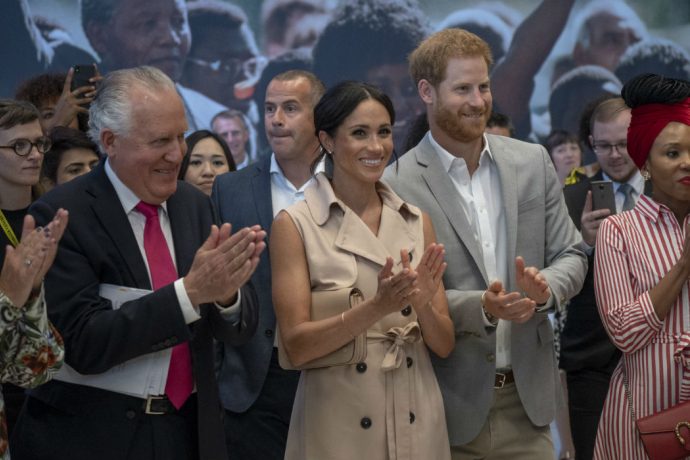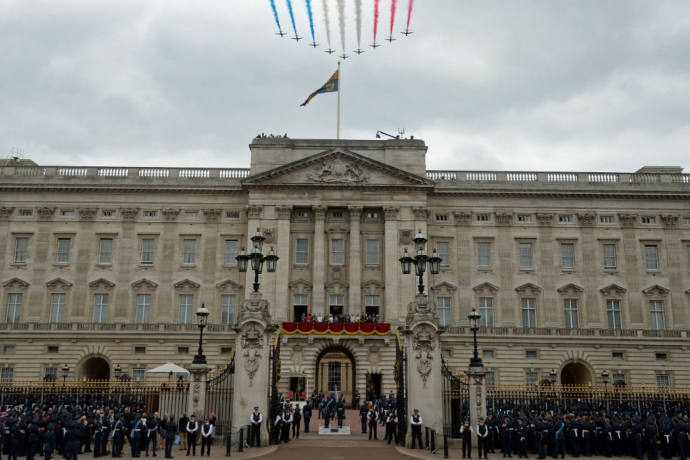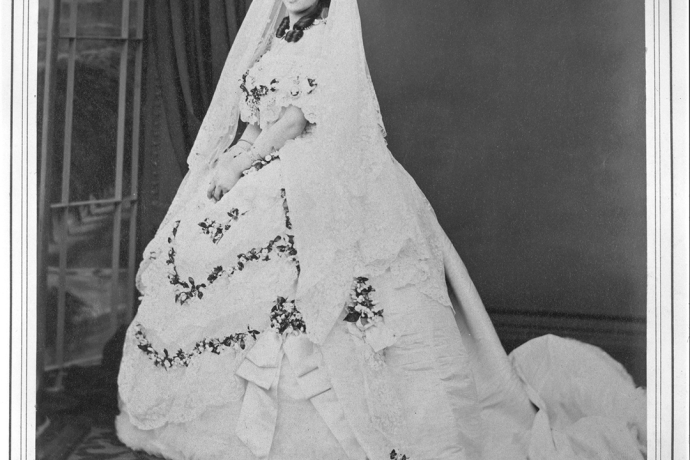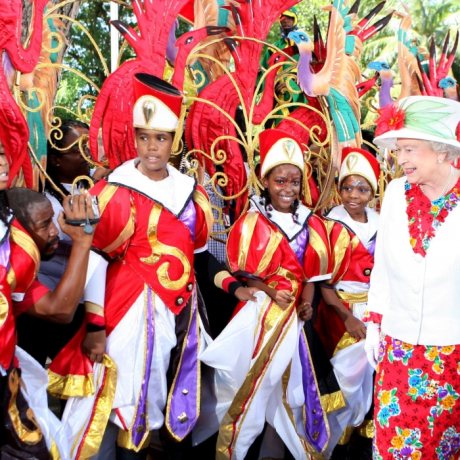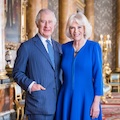A speech delivered by The Duke of Sussex at a HALO Trust minefield, Dirico, Angola
Published
Landmines are an unhealed scar of war. By clearing the landmines, we can help this community find peace, and with peace comes opportunity.
Thank you honourable ministers, Excellencies, distinguished guests. I am delighted to be back in Angola with The HALO Trust, after my last visit in 2013.
This minefield here in the Luengue-Luiana National Park is the first of 153 that will be cleared in the two national parks of south eastern Angola. I want to take this opportunity to highlight and thank the Angolan Government - whose vision and leadership have resulted in the commitment of $60 million dollars to this endeavour.
This historic commitment is a key step forward for the movement to rid the world of mines and lay the foundation for a safe and just future for the next generation.
Landmines are an unhealed scar of war.
By clearing the landmines, we can help this community find peace, and with peace comes opportunity.
Additionally, we can protect the diverse and unique wildlife that relies on the beautiful Cuito River that I slept beside last night. That river and those wildlife are your natural assets, and if looked after, will bring you unlimited opportunities within a conservation-led economy.
It is fitting that this project starts in Dirico - at the convergence of the two rivers that flow from Angola’s highlands down to the Okavango Delta. These two rivers provide water and life to over a million people downstream and an essential and incredibly delicate habitat for an abundance of wildlife.
Just as these rivers extend for miles, so must this project extend far beyond Dirico. Outside the national parks, large parts of this crucial watershed also need to be cleared of landmines.
Clearing the full watershed will take an international effort. Everyone who recognises the priceless importance of safeguarding Africa’s most intact natural landscape should commit fully to this mission. And to know that National Geographic are so involved should give a huge sense of comfort to all of us. But they’re going to need our help as the task at hand is a big one which will rely on great leadership, strong partnerships and a long term strategy.
When this great wilderness rebounds and the land is regenerated to its full potential; wildlife can and will return to Angola.
The largest elephant population in Southern Africa will be able to naturally migrate across borders, relieving pressure in neighbouring countries.
Tourism, which is already bringing investment, economic growth, and fostering worldwide appreciation for Southern Africa’s unique natural and cultural treasures, will continue to grow. Eco-tourism will bring more jobs to Angola in the future than its oil and gas industry.
And Angolans will be free to safely and sustainably develop their country, using the land the way it was designed to be used. And people and animals thriving together.
Later today I will visit Huambo, to see the place where my mother walked through a minefield in 1997. Once heavily mined, the second city of Angola is now safe.
With the right international support, this land around us here can also be like Huambo – a landmine-free, diverse, dynamic, and thriving community, connected to and benefitting from all that it has to offer.
Thank you - Obrigado!
Related content


A speech by The Duke of Sussex at a visit to Te Papaiouru Marae
E nga mana E nga reo Tena koutou katoa He mihi ki a koutou O ngati whakaue I powhiritia mai tenei ra Ka nui te aroha maua Ko taku whaiaipo No reira Tena koutou Tena koutou...
A speech by The Duke of Sussex at The Queen's Commonwealth Canopy dedication in Fiji
It's incredibly encouraging to see how many countries have now signed up to this initiative, in my grandmother's name, to preserve forests throughout the Commonwealth
A speech by The Duke of Sussex at a State Dinner hosted by His Excellency The President of Fiji
This visit is particularly nostalgic for us as a young married couple – my grandparents stayed in this very hotel, the Grand Pacific, a number of times over the years.
A speech by The Duke of Sussex at The Queen's Commonwealth Canopy Dedication on K’gari (Fraser Island)
It's wonderful to be here today on K’gari – or Fraser Island. I would first like to acknowledge the Butchulla People, the Traditional Owners of this beautiful island who care...
A speech by The Duke of Sussex at the Invictus Games Sydney 2018 Opening Ceremony
Hello Sydney. Hello Australia. And hello Invictus. On this day in 1973, my grandmother, The Queen stood in front of this Opera House and declared it open. Forty-five years...
A speech by The Duke of Sussex at a Picnic in the Park in Dubbo
Thank you to the Mayor of Dubbo Councillor Shields, the Honourable Mr Grant, distinguished guests, and to you all for welcoming me and my wife so warmly today. And thank you...
A Speech by The Duke Of Sussex at a Welcome Reception hosted by The Governor-General
G’day, Your Excellency, Ladies and Gentlemen. It is great to be back in Australia. And especially even more so this is my wife's first visit here, so I’m very excited to show...
The Duke and Duchess of Sussex's visit to Australia, Fiji, Tonga and New Zealand
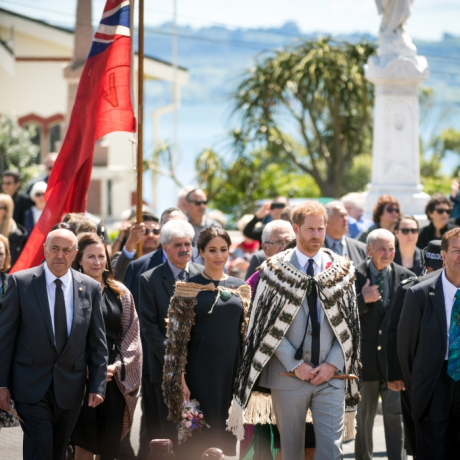
The Duke and Duchess of Sussex's visit to Australia, Fiji, Tonga and New Zealand
The Duke of Sussex's speech at the Coach Core Awards
The people ready to coach the stars of the future are right here in this room
A speech by The Duke of Sussex at the International AIDS Conference
This conference has a proud history. For more than 30 years it has been a place where science, activism, government, and medicine have come together in the fight against the...
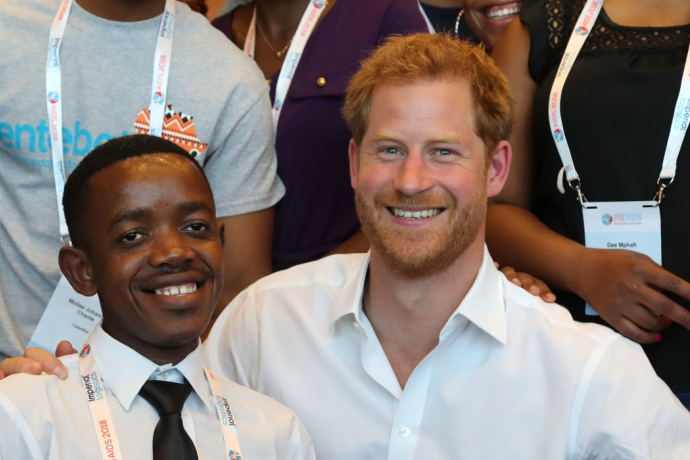
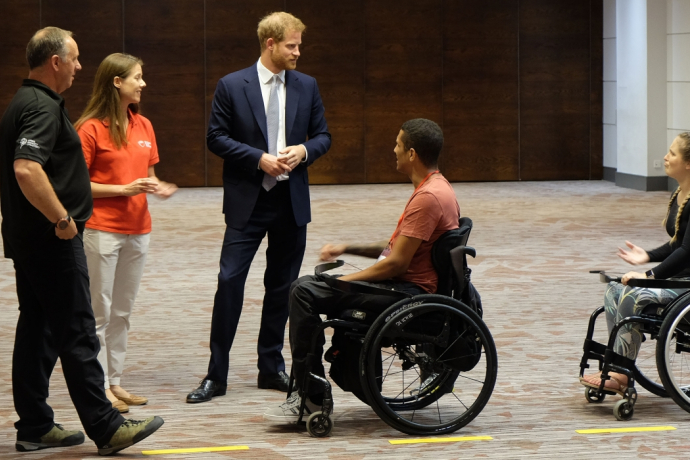
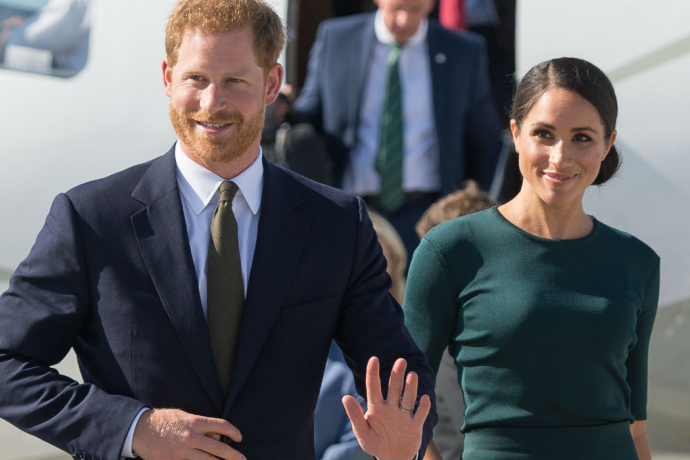
A speech from the Duke of Sussex at Glencairn
Standing here with you on this beautiful evening, it is easy to see why Ireland has such a special place in the hearts of my family and indeed, all those who come here.
The Duke of Sussex to attend International AIDS Conference in Amsterdam
A speech by The Duke of Sussex at a reception to mark the Commonwealth Youth Challenge
We can’t wait to see you in action in your home countries and learn about what you’re doing to better the Commonwealth, and the world, in 2040 and beyond.
Speech given by The Duke of Sussex at the final Queen's Young Leaders Reception
You are the future leaders who will need to pick up the baton on issues such as climate change, food security, equality and access to education

The Duke of Cambridge and The Duke of Sussex to play in charitable polo matches this summer
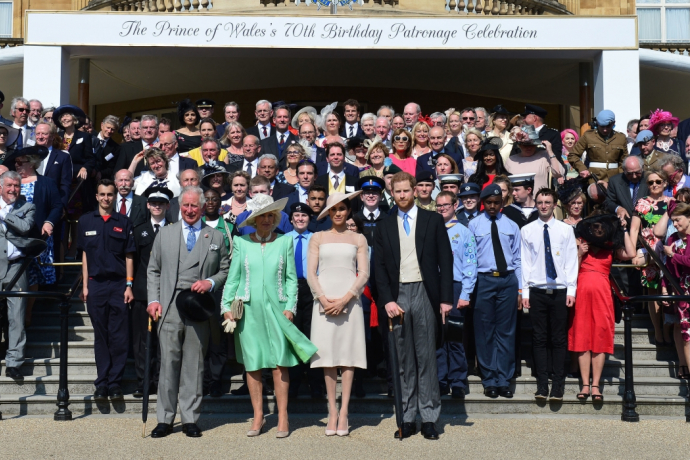
A Speech by The Duke of Sussex at The Prince of Wales' Patronage Celebration at Buckingham Palace
You have inspired William and I, and looking out here today, it is clear to see that we are not alone. You have created an incredible body of work that has, and will continue...
A Speech by The Duke of Sussex at The Prince of Wales' Patronage Celebration at Buckingham Palace
You have inspired William and I, and looking out here today, it is clear to see that we are not alone. You have created an incredible body of work that has, and will continue...

The Order of Service for Prince Harry and Ms. Meghan Markle's wedding
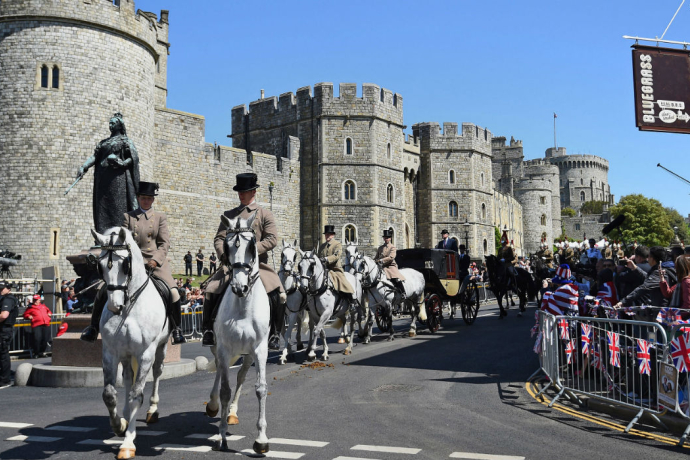
The Most Reverend Michael Bruce Curry to give address at Prince Harry and Ms. Meghan Markle's wedding
An update from the Communications Secretary to Prince Harry on the Wedding of Prince Harry and Ms. Markle

The Duke of Cambridge to be Best Man at Prince Harry's wedding
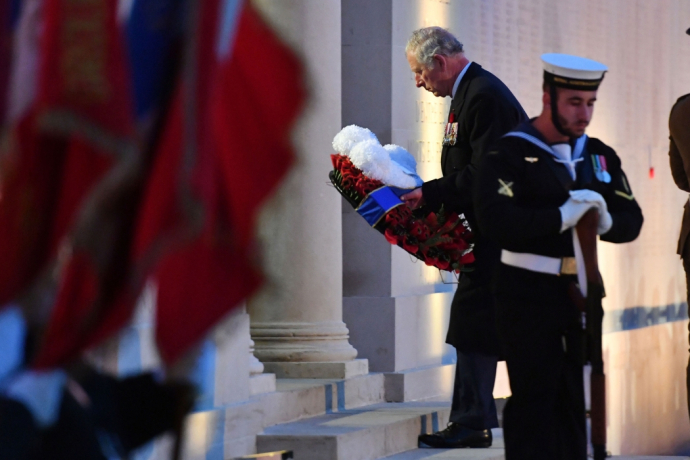
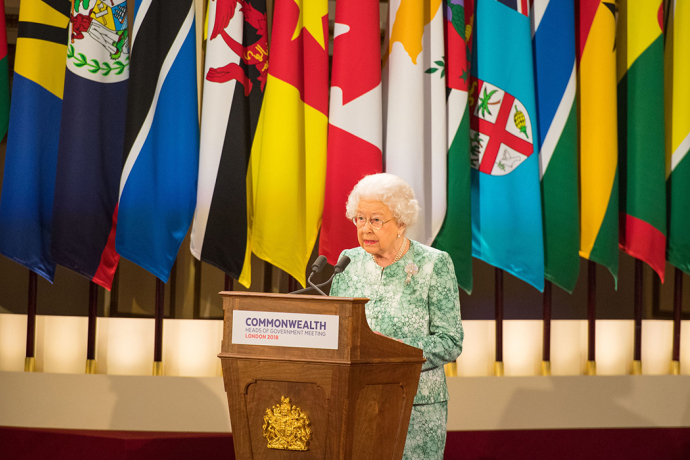
A speech by Prince Harry at the Launch of 'Walk of America'
Three years ago, I stood in this room, proudly launching Walking with the Wounded's Walk on Britain. Previous expeditions had taken the teams to the North Pole, Everest, and...
Details of members of the public invited to Windsor Castle for the Royal wedding
The Commonwealth Heads of Government Meeting 2018
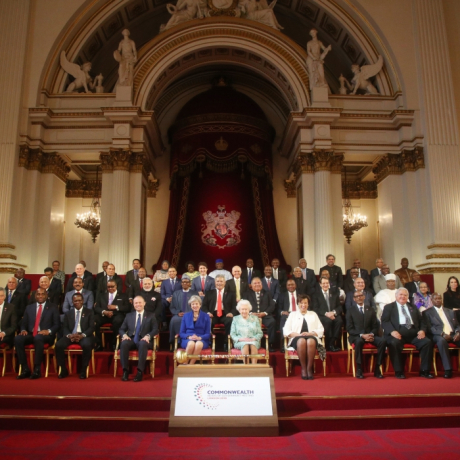
Details of the Flowers at the Prince Harry and Ms. Meghan Markle's wedding announced
